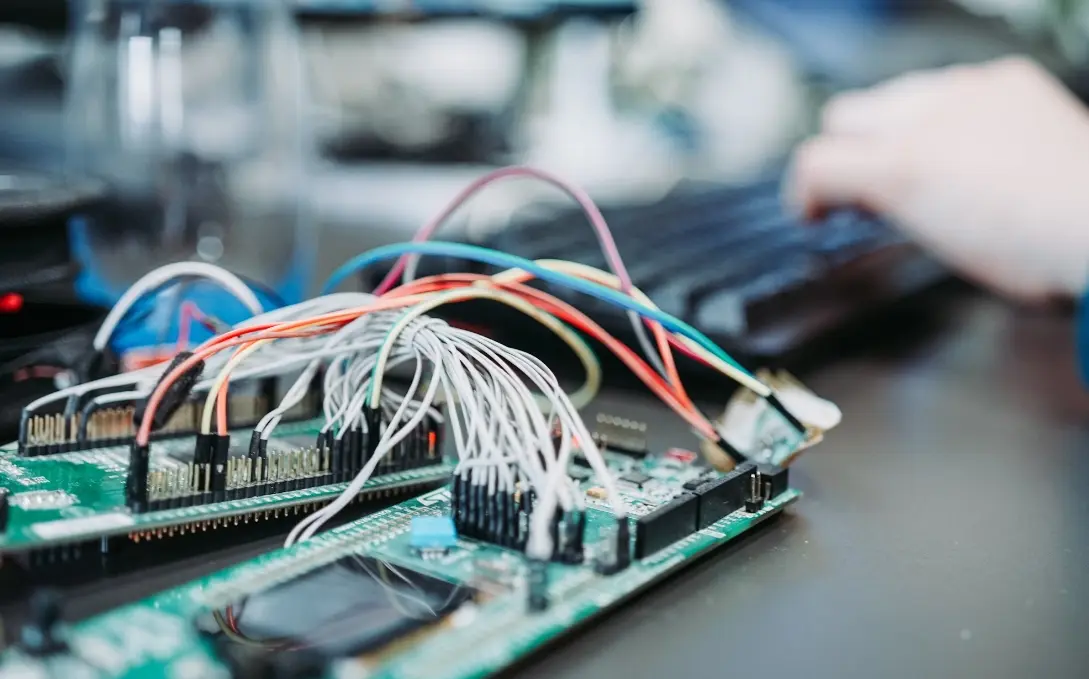
CE Certification Compliance for Fiber Optic Cables
Fiber optic cables, as essential components in modern communication and construction sectors, must meet CE certification requirements to enter the EU market. ce marking is a mandatory compliance symbol in the European Union, covering safety, health, and environmental protection. This document systematically outlines the core aspects of CE certification for fiber optic cables, including certification types, applicable standards, testing methods, and compliance procedures.
Types of CE Certification and Application Scenario
1. Construction Products RegULation (CPR) Certification
Applicable Products:
Fiber optic cables used in buildings or civil engineering works, such as power, communication, and control cables. These products must comply with the EU Construction Products Regulation (CPR 305/2011/EU) and harmonized standard EN 50575 to ensure limited flame and smoke propagation during fire incidents.
Core Requirements:
Fire performance classification (Aca to Fca), assessed through tests for heat release, smoke density, and acidity.
2. Medical Device Regulation (MDR) Certification
Applicable Products:
Medical devices such as laser fiber optics. Must comply with the Medical Device Regulation (MDR), ensuring:
biocompatibility(ISO 10993 series)
Electrical safety(iec 60601 series)
Electromagnetic compatibility (EMC)
3. General Electronic Product Certification
Applicable Directives:
low voltage directive (LVD):
Applies to electrical equipment with AC voltages between 50–1000V or DC voltages between 75–1500V, ensuring electrical safety.
Electromagnetic Compatibility Directive (EMC):
Prevents electromagnetic interference and ensures immunity, applicable to fiber optic modules containing electronic components.
Core Standards and Testing Methods
1. EN 50575 Standard (For Construction Cables)
Fire Classification:
Based on EN 13501-6, fire performance is rated from Aca (highest flame resistance) to Fca (no performance requirement). Different classes require different certification systems (System 1+ or System 3).
Key Testing Items:
Total Heat Release (EN ISO 1716):
Evaluates material combustibility.
Vertical Flame Spread (EN 60332-1-2):
Measures flame propagation along a single cable.
Smoke Density (EN 61034-2):
Assesses smoke concentration via light transmittance.
Gas Acidity (EN 60754-2):
Measures corrosiveness of halogen acid gases produced during combustion.
2. Standards for Medical Devices
IEC 60601 Series:
Ensures electrical safety and emc compliance for medical fiber optics.
ISO 10993 Series:
biocompatibility testing to assess compatibility with human tissues.
ce certification process and Compliance Essentials
1. Certification Process
1. Identify product type and applicable directives
2. Select the appropriate certification system
3. Conduct laboratory testing
4. Prepare technical documentation and Declaration of Performance
5. Affix CE Marking: Upon certification, the CE mark and Notified Body number must be displayed on the product packaging
2. Key Compliance Considerations
Quality Management System:
Construction products must meet Factory Production Control (FPC) requirements; medical devices must comply with ISO 13485 certification.
Ongoing Surveillance:
Regular inspections and sampling by Notified Bodies to ensure consistent production quality.
Technical File Archiving:
Technical documentation must be retained for at least 10 years for EU market surveillance purposes.
CE certification for fiber optic cables requires selecting the appropriate compliance path based on application scenarios. Construction-related products must focus on fire performance and CPR requirements, while medical devices must meet MDR and biocompatibility standards. Companies should strategically plan their testing, certification, and quality management processes according to product characteristics to efficiently obtain CE certification and access the EU market.
More: uk psti | 5g compliance testing | emi testing labs | weee registration
Email:hello@jjrlab.com
Write your message here and send it to us
 What Are CE and WEEE Marks
What Are CE and WEEE Marks
 What Are WEEE Regulations
What Are WEEE Regulations
 California Proposition 65 Testing
California Proposition 65 Testing
 Footwear Testing Laboratory
Footwear Testing Laboratory
 Food Contact Material Testing
Food Contact Material Testing
 How to Get WEEE Certification
How to Get WEEE Certification
 Labubu Toy Export Certification Guide
Labubu Toy Export Certification Guide
 How to Get MSDS Sheets
How to Get MSDS Sheets
Leave us a message
24-hour online customer service at any time to respond, so that you worry!




